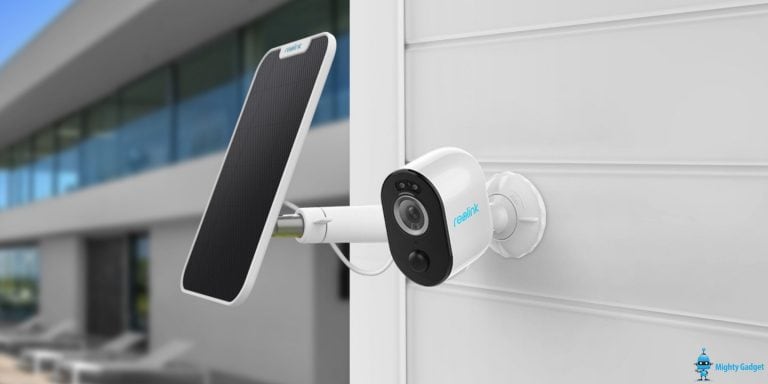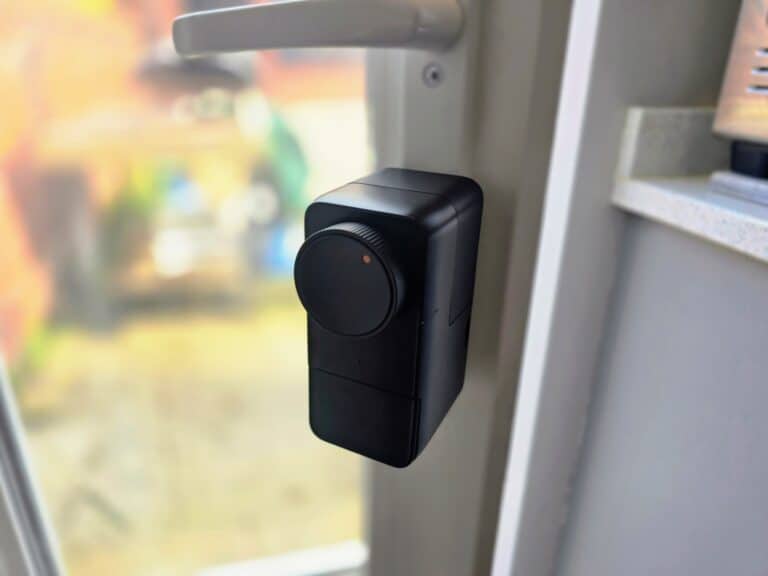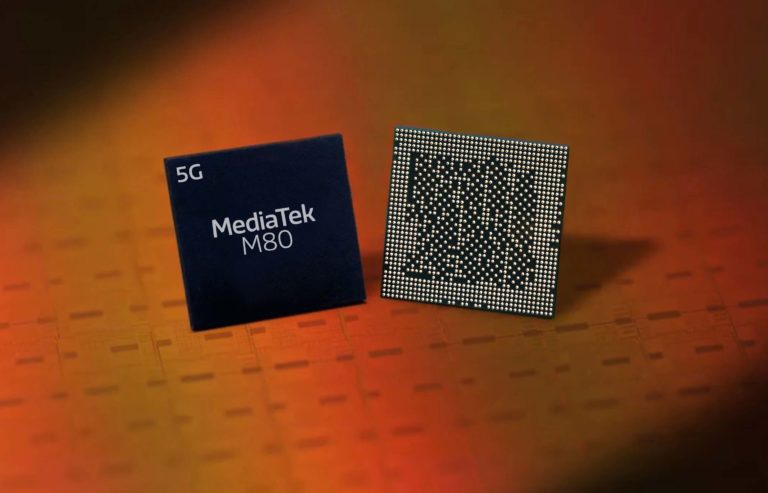Any links to online stores should be assumed to be affiliates. The company or PR agency provides all or most review samples. They have no control over my content, and I provide my honest opinion.
Today MediaTek formally announced their new flagship chipset which looks set to bring back MediaTek into the world of flagship devices with some impressive specs.
This chipset was the “first” 5G chipset to be announced all the way back in May, it seemed like a market stunt, just to get the news out, with no details of the spec announced at the time apart from the technologies used.
Now we know the full specification, so how does it compare against all the other flagship chipsets that will feature in our phones next year?
At the moment the Qualcomm Snapdragon 865 so any specs mentioned are purely speculative.
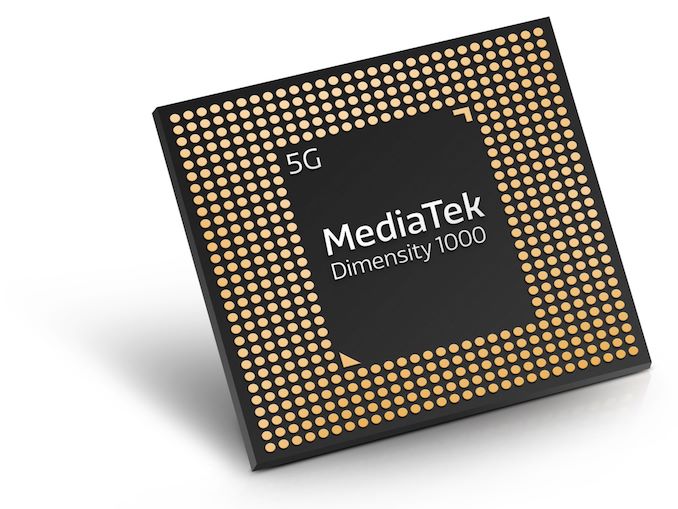
Manufacturing Process
It probably comes as no surprise that this uses the 7nm fabrication process just like all the other flagship chipsets. The Helio G90T used a 12nm process, so at least Mediatek has significantly improved things in this regards.
CPU
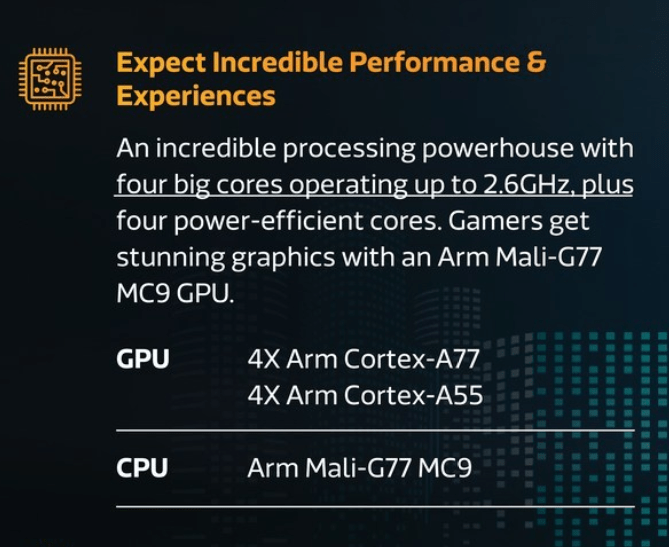
The MediaTek Dimensity 1000 uses an octa-core CPU with a dual cluster 4×4 design making it a little different than the competing models.
The exact specification is:
- 4x Cortex A77 @ 2.6GHz
- 4x Cortex A55 @ 2.0GHz
All the other brands (assuming Qualcomm sticks to their same design) have a tri-cluster design with either 1 or 2 performance cores.
The Samsung Exynos 990 uses:
- 2x Exynos M5 @ ? GHz
- 2x Cortex A76 @ ? GHz
- 4x Cortex-A55 @ 1.95GHz
The frequencies have no been revealed for this CPU yet. This will also be the last chipset to feature the custom M cores, and they will switch to the Arm Coretex cores for their primary cores in the future.
Purely speculative, but it is expected the Qualcomm will have:
- 1x Kryo 585 Gold (A77) @?
- 3x Kryo 585 Gold (A77) @?
- 4x Kryo 585 Silver (A55)?
Leaked have indicated this would be 2.84GHz/2.42GHz/1.80GHz but those frequencies line up with the last generation SD855 so I am sceptical how accurate it is.
The odd one of the group is the Huawei Kirin 990 5G which does not feature the new Coretex A77, instead, using last years A76. It has been reported that Huawei has said the reason for this was that it is hard to achieve high frequencies on the A77 using 7nm. The relatively low frequencies of the MediaTek Dimensity 1000 could confirm this, but with them using a single cluster of A77 they probably had no choice to use lower clocks.
GPU
The MediaTek Dimensity 1000 will make use of the Mali-G77 and features 9 cores and the frequencies have not been revealed.
The only chipset with an easily comparable spec is the Exynos 990 which has Mali G77MP11 also with undisclosed frequencies but the higher core count should give it an advantage.
Just like the CPU, Huawei Hisilicon has chosen to use last years tech with the Mali-G76 MP16 – the increased core count should help make up for its older tech, but it will be interesting to see how well it performs in real life when phones with all the chipsets have been released.
Lastly is Qualcomm which we assume will use the Adreno 650
Artificial Intelligence – APU/NPU
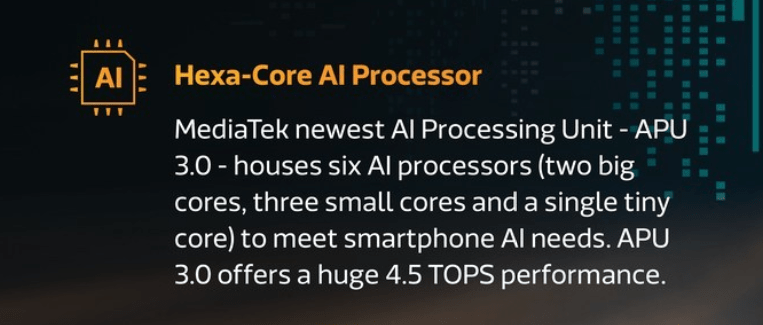
MediaTek also employs its own third-generation neural processing unit which it calls “APU 3.0”. They claim they have doubled the performance over its previous generation chipsets.
The Samsung uses a Dual NPU with DSP capable of 10 TOPs – not much else has been revealed here.
The Huawei Kirin 990 5G has 2+1 NPU with real-time cloud AI. With this chipset being out in the wild we know roughly how well it performs. Looking at ai-benchmark.com, it currently dominates the charts scoring more than double the Snapdragon 855 Plus.
Nothing is known about the Qualcomm solution here.

Memory
MediaTek has not revealed what memory technology is being used. Samsung was the first company to announce LPDDR5 on the Exynos 990 and this runs at 2750MHz.
The fact that MediaTek has not mentioned LPDDR5 likely will mean they will continue to use the older LPDDR4.
The Huawei Kirin 990 5G uses LPDDR4X @ 2133MHz
Nothing is known about Qualcomm but I would expect them to use LPDDR5.
Imaging / ISP
The Meditek comes with a capable ISP that should compete with other flagships. They have announced the new SoC will support camera sensors with resolutions of up to 80MP at 24fps, or multi-camera setups with 32+16MP sensors. Media encoding capabilities fall in at 4K60.
The Exynos has support for a single 108MP sensor and dual 25MP sensors.
Huawei has just stated the Kirin 990 5G features a new ISP 5.0
5G Support

Each manufacturer approach to 5G has been interesting. MediaTek is perhaps taking the most radical approach and this is the first chipset to have an integrated 5G modem with no 4G alternative. So all phones with the MediaTek Dimensity 1000 should be 5G.
The Samsung Exynos 990 went a different route than expected. This lacks an integrated modem, giving them the flexibility to add whatever they want. The 5G functionality will come from the Exynos Modem 5123. They haven’t stated that there will be none 5G Exynos 990 phone, but I would expect so.
Huawei made it look like the Kirin 990 5G was the only option during their keynote, then snuck in a lesser specced none 5G Kirin 990 right at the end.
| SoC | MediaTek Dimensity 1000 | MediaTek Helio G90/(Helio G90T) | Huawei Kirin 990 5G | Exynos 990 | Qualcomm Snapdragon 865 |
|---|---|---|---|---|---|
| CPU | 4x Cortex A77 @ 2.6GHz | 2x Cortex A76 @ 2.0GHz(2.05GHz) | 2x Cortex-A76 @ 2.86GHz | 2x Exynos M5 @ ? GHz | 1x Cortex A77 @ 2.84GHz 1x512KB pL2 |
| 4x Cortex A55 @ 2.0GHz | 6x Cortex A55 @ 2.0GHz | 2x Cortex-A76 @ 2.36GHz | 2x Cortex A76 @ ? GHz | 3x Cortex A77 @ 2.42GHz 3x256KB pL2 | |
| 4x Cortex-A55 @ 1.95GHz | 4x Cortex A55 @ ? GHz | 4x Cortex A55@ 1.80GHz 4x128KB pL2 4MB sL3 @ ?MHz | |||
| GPU | Mali-G77MP? @ ? MHz | Mali G76 MP4 @ 720MHz(800MHz) | Mali-G76 MP16 | Mali G77MP11 @ ? MHz | Adreno 650 @ ? MHz +25% perf +50% ALUs +50% pixel/clock +0% texels/clock |
| APU / NPU / AI Proc. / Neural IP | "3rd gen APU" | 2x APU | 2+1 NPU with real time cloud AI | Dual NPU + DSP >10 TOPs | Hexagon 698 15 TOPS AI |
| +1TOPs total perf | (Total CPU+GPU+HVX+Tensor) | ||||
| Memory | ? | LPDDR4X @ 2133MHz | LPDDR4X @ 2133MHz | LPDDR5 @ 2750MHz | 4x 16-bit CH @ 2133MHz LPDDR4X / 33.4GB/s or @ 2750MHz LPDDR5 / 44.0GB/s 3MB system level cache |
| ISP/Camera | 80MP | 1x 48MP (64MP) | ISP 5.0 | Single: 108MP | Dual 14-bit Spectra 480 ISP |
| 32MP + 16MP | 2x 24+16MP | Dual: 24.8MP+24.8MP | 1x 200MP or 64MP with ZSL or 2x 25MP with ZSL 4K video & 64MP burst capture | ||
| Encode/ | 2160p60 | 2160p30 H.264 & HEVC | 4K @ 30fps - capture 4K @ 60fps playback | 8K30 & 4K120 encode & decode H.265/HEVC, H.264, VP9 | 8K30 / 4K120 10-bit H.265 Dolby Vision, HDR10+, HDR10, HLG 720p960 infinite recording |
| Decode | |||||
| Integrated Modem | 5G Sub-6 | Category 12/13 | 5G 2.3Gbps | Exynos Modem External | none (Paired with external X55 only) |
| DL = 4600Mbps | DL = 600Mbps | (LTE Category 24/22) DL = 3000 Mbps | (LTE Category 24/22) DL = 2500 Mbps 7x20MHz CA, 1024-QAM | ||
| Up to 2CC CA | 3x20MHz CA, 256-QAM, 4x4 MIMO | (5G NR Sub-6) DL = 5100 Mbps | UL = 316 Mbps 3x20MHz CA, 256-QAM | ||
| UL = 2500Mbps | UL = 150Mbps | (5G NR mmWave) DL = 7350 Mbps | (5G NR Sub-6 + mmWave) DL = 7000 Mbps UL = 3000 Mbps | ||
| 2x20MHz CA,64-QAM | |||||
| Mfc. Process | N7 | 12FFC | 7nm EUV | 7nm LPP (EUV) | TSMC 7nm (N7P) |

I am James, a UK-based tech enthusiast and the Editor and Owner of Mighty Gadget, which I’ve proudly run since 2007. Passionate about all things technology, my expertise spans from computers and networking to mobile, wearables, and smart home devices.
As a fitness fanatic who loves running and cycling, I also have a keen interest in fitness-related technology, and I take every opportunity to cover this niche on my blog. My diverse interests allow me to bring a unique perspective to tech blogging, merging lifestyle, fitness, and the latest tech trends.
In my academic pursuits, I earned a BSc in Information Systems Design from UCLAN, before advancing my learning with a Master’s Degree in Computing. This advanced study also included Cisco CCNA accreditation, further demonstrating my commitment to understanding and staying ahead of the technology curve.
I’m proud to share that Vuelio has consistently ranked Mighty Gadget as one of the top technology blogs in the UK. With my dedication to technology and drive to share my insights, I aim to continue providing my readers with engaging and informative content.


